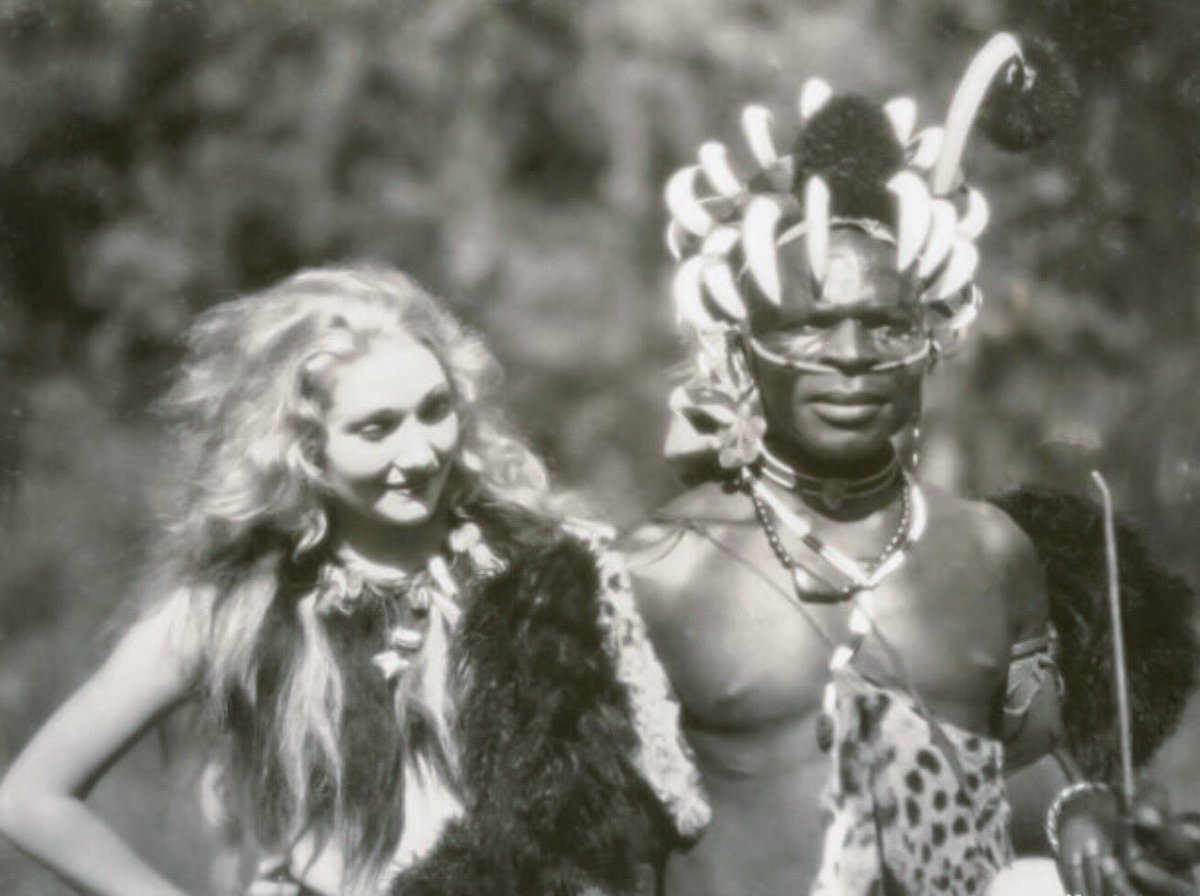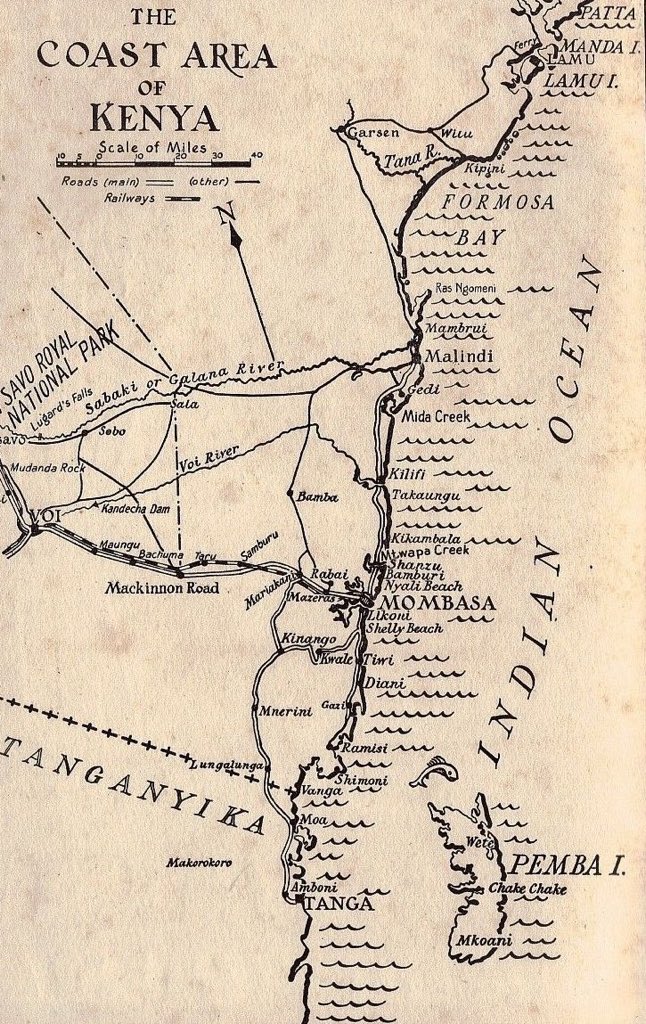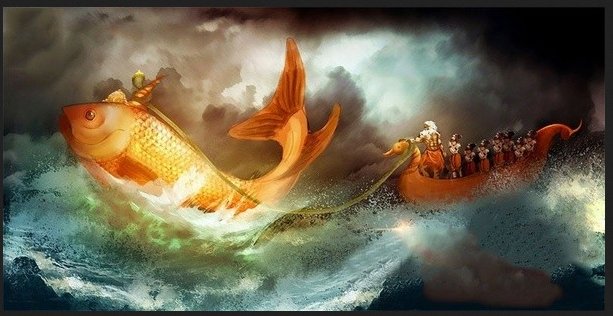After Kinoo, westwards along the Nairobi-Nakuru highway is a place called Karûri. It was named after Agîkûyû chief Karûri wa Gakure, who actually hailed from Kangema in present-day Murang'a county.

And the ensuing revenge attacks in circa 1900 were so vicious on Wang’ombe’s chiefdom that he called for a truce.
He claims to have fought on Karûri’s side in the revenge attacks and perhaps with a tinge of exaggeration, spares little effort to ascribe the resulting victory to his martial guidance.
Excerpts:
“Within a few days all the stolen property was restored to its original owners, causing much rejoicing among them, as they had, of course, never...
According to lore, Karûri courted enroute, and eventually married, a number of young girls.
A part-time medicineman, he was popular with the southern Agîkûyû as he helped prepare arrow poison for them in their wars against the Maasai.










